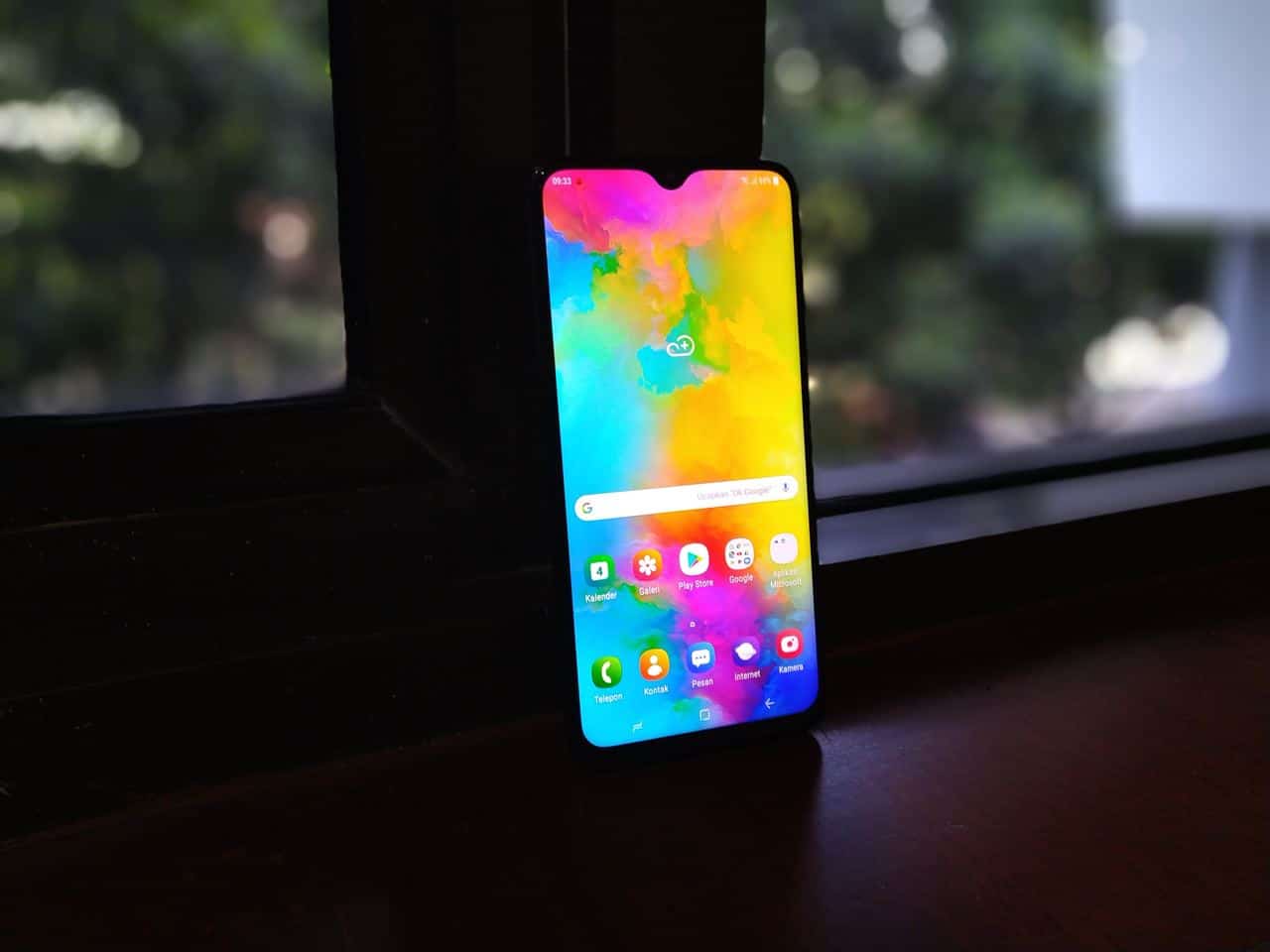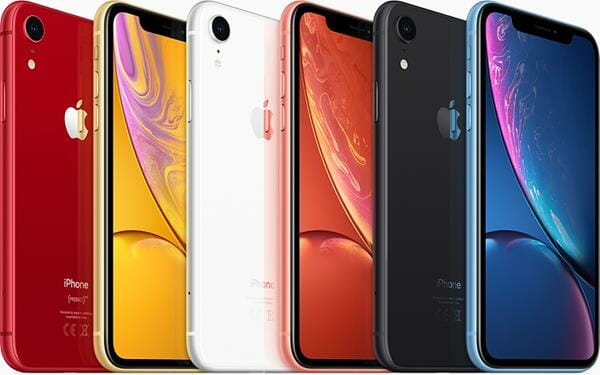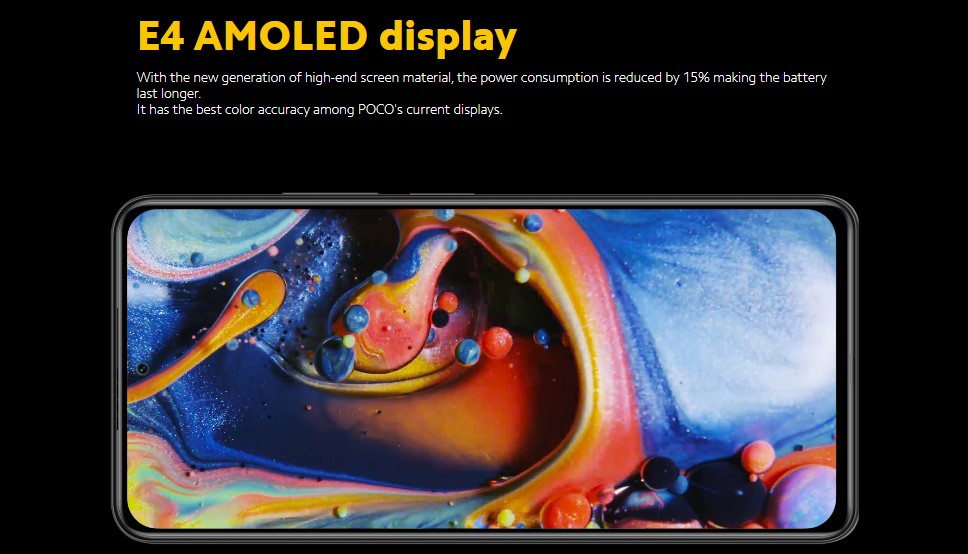10 Types of Screens Used in Smartphones
When you're buying a smartphone today, the most considered factors are often the chipset, memory, battery, and camera. However, sometimes the screen is overlooked, even though it's also an important factor to consider before buying a phone.
Why is the screen so important? Nowadays, smartphones aren't just for communication; they're also multimedia devices. You wouldn't want to buy a phone with a poor-quality screen, would you? Especially since there are many phones on the market with different types of screen panels.
That's why it's also important to consider the screen. There are many phones that use various types of screens, each with their own features. By understanding the different types of screens used in phones, you can make a better choice.
1. LCD

When we talk about smartphone screens, we usually start with the most basic type, the LCD. LCD stands for Liquid Crystal Display, and it's a common screen type in many smartphones.
As the name suggests, an LCD is a screen made up of liquid crystals that are lit from behind. LCDs are popular because they are cheaper to produce, so many phone makers use them.
The main advantage of an LCD is that it has a backlight, making it fairly clear even in sunlight. However, the color accuracy of LCDs isn't as good as other screen types.
2. TN TFT LCD

Before we dive into TN-TFT LCDs, it's important to know that LCDs have evolved into TFT LCDs. TFT LCDs are a type of LCD screen that use Thin Film Transistor (TFT) technology.
Among the advancements in TFT LCD technology is the TN-TFT type. "TN" stands for Twisted Nematic. This particular type of screen has become popular in various products with LCD screens, such as televisions, mainly because TN-TFT screens allow for more cost-effective production and enable slimmer designs compared to earlier technologies.
In the mobile phone industry, numerous phones are equipped with TN-TFT displays. For smartphones, this type of display is commonly found in more affordable models.
TN-TFT screens are known for producing quality images with solid contrast, so it's easy to view in bright sunlight. They also have sharper colors and higher resolution. However, there are a couple of downsides to TN-TFT screens. Firstly, they have a narrow viewing angle. Secondly, their display quality diminishes in direct sunlight.
Another drawback of TN-TFT is its higher battery consumption. This has led to a decrease in popularity for phones with TN-TFT LCD screens that cause many manufacturers to move away from this technology.
In the context of smartphones, the term "TN-TFT" has gradually been replaced by just "TFT." Often, people refer to a phone's screen as TFT, even though it actually uses a TN-TFT panel.
3. IPS LCD

Besides TN-TFT, there's another type of TFT LCD screen called IPS LCD. This technology is commonly used in many of the latest smartphone models, ranging from budget to mid-range devices. Some high-end phones also incorporate IPS LCD, but they often include additional features.
IPS stands for In-Plane Switching. This technology was developed as a solution to the limitations of TN-TFT LCD screens, such as blurry displays.
One of the main benefits of IPS LCD is its excellent viewing angle. This means the screen remains clear even when viewed from the side. Additionally, IPS LCD screens are more power-efficient compared to TN-TFT LCDs.
4. PLS TFT

There's a common misconception about TFT panels, often due to people referring to TN-TFT screens simply as TFT. This has led to a belief that all TFT screens are of lower quality. However, IPS LCD is actually a type of TFT screen as well.
This misconception extends to PLS TFT screens, with some people incorrectly assuming they're the same as TN-TFT. But in reality, PLS TFT is distinct and similar to IPS LCD technology.
Samsung, as a leading phone manufacturer, introduced PLS TFT technology in September 2011. Derived from Samsung's Super PLS technology, it shares many characteristics with IPS panels, particularly in screen quality and display.
To understand the quality of PLS TFT screens, one can look at reviews of the Samsung Galaxy M20, an affordable Samsung phone with a PLS TFT panel. Comparisons between PLS TFT and IPS LCD, such as in the review comparing the Samsung Galaxy M20 and the Asus Zenfone Max Pro M2, also offer insights into the differences and similarities of these screen technologies.
5. OLED

Some phones, like the LG V series, use OLED panels, specifically the P-OLED type. OLED stands for Organic Light-Emitting Diode. This screen technology is different from LCD. OLED screens are made up of thin layers that light up when electricity passes through them. This means OLEDs can create their own light.
Because OLED screens produce their own light, they don't need a backlight like LCDs do. This feature makes phones with OLED screens more energy-efficient compared to those with LCD screens.
Another benefit of OLED screens is their ability to display deeper black colors. Black pixels on an OLED screen are always "off" unless they receive electricity. This means less power is needed to display black colors. Additionally, OLED displays have a high refresh rate.
However, OLED screens have some downsides. They use more power when displaying bright colors and don't perform as well as LCD screens in direct sunlight. There's also a risk of screen burn-in with OLED.
6. AMOLED

AMOLED, which stands for Active Matrix Organic Light Emitting Diode, is a screen technology developed by Samsung. It started gaining popularity in 2008 across various devices, including smartphones. Though Samsung developed it, the first phones to use AMOLED screens were the Nokia C6-01 and Nokia N85.
In the era of smartphones, AMOLED displays are mainly found in high-end models. It's rare to find them in mid-range phones. An example is the Motorola Moto X, which featured an AMOLED screen.
AMOLED is Samsung's innovation, combining OLED technology with TFT. This combination gives AMOLED screens vibrant color displays, more efficient battery usage, and higher brightness.
7. Super AMOLED

Super AMOLED is an advanced version of AMOLED technology. Samsung introduced this term mainly for marketing, indicating that it's an improved version of AMOLED screens. However, the technological enhancements in Super AMOLED aren't drastically different.
The display quality and power consumption of Super AMOLED are quite similar to those of AMOLED. The key difference lies in the integration of the touchscreen component. Usually, a phone's screen has a display panel and a separate touchscreen layer, regardless of whether it's LCD, TFT, OLED, or AMOLED.
Super AMOLED sets itself apart by combining the touchscreen layer directly with the display panel. This integration leads to more precise touchscreen responsiveness.
Initially, Super AMOLED panels were mostly found in high-end smartphones. But recently, this technology has started appearing in mid-range and even budget-friendly phones, reflecting the rapid advancement of screen technology. AMOLED was once reserved for high-end models due to its higher production costs compared to IPS LCDs.
8. Dynamic AMOLED

Samsung and some other high-end phone manufacturers generally use Super AMOLED panels. This panel is a staple in the Samsung Galaxy S series and a few mid-range Samsung models.
Moving forward, Samsung introduced an evolved version of Super AMOLED, called Dynamic AMOLED. This new screen technology made its debut with the Samsung Galaxy S10 series.
According to Android Authority, Dynamic AMOLED isn't just about having a screen with a punch hole design. It shares many capabilities and features with Super AMOLED but includes some display enhancements. These improvements include higher contrast and superior color reproduction.
One great feature of Dynamic AMOLED is its support for HDR10+. For those unfamiliar, HDR10+ is a technology that improves contrast and brings out details in images, even against dark backgrounds. Additionally, Dynamic AMOLED boasts a color range that covers 100% of the DCI-P3 color space, offering vivid and accurate colors.
9. Retina Display

Apple uses a screen technology known as Retina Display. This term isn't exactly a screen technology like Samsung's AMOLED, but rather Apple's marketing name for the screens on their iPhone products.
Most iPhone models use either IPS or OLED screens. The quality of these IPS and OLED screens on iPhones tends to be higher compared to the same types of screens on Android phones.
What sets the iPhone screens apart is the Retina Display technology. It allows the iPhone's screen to have a high pixel density, meaning your eyes can't distinguish individual pixels on the screen.
Retina Displays are known for their sharp and clear image quality. However, they generally use more power compared to other IPS and OLED screens. Lately, Apple has made advancements in Retina Display technology to enhance its capabilities.
10. E4 Dynamic AMOLED

Before we get into E4 Dynamic AMOLED, you need to also know another screen type called E3 Super AMOLED. E3 Super AMOLED is a version of Super AMOLED known for enhancing color richness in smartphone screens, like in the vivo V17 Pro.
In 2021, a new term surfaced: E4 Dynamic AMOLED. This might be seen as a marketing development, similar to vivo's E3 Super AMOLED.
E4 Dynamic AMOLED is essentially a type of Dynamic AMOLED display panel. It includes all the features of Dynamic AMOLED but with one noticeable difference: it consumes about 15% less power. An example of a phone using the E4 Dynamic AMOLED panel is the POCO F3.
These explanations cover various types of cellphone screens. With this information, you should be able to consider the type of screen panel a phone uses before making a purchase.
